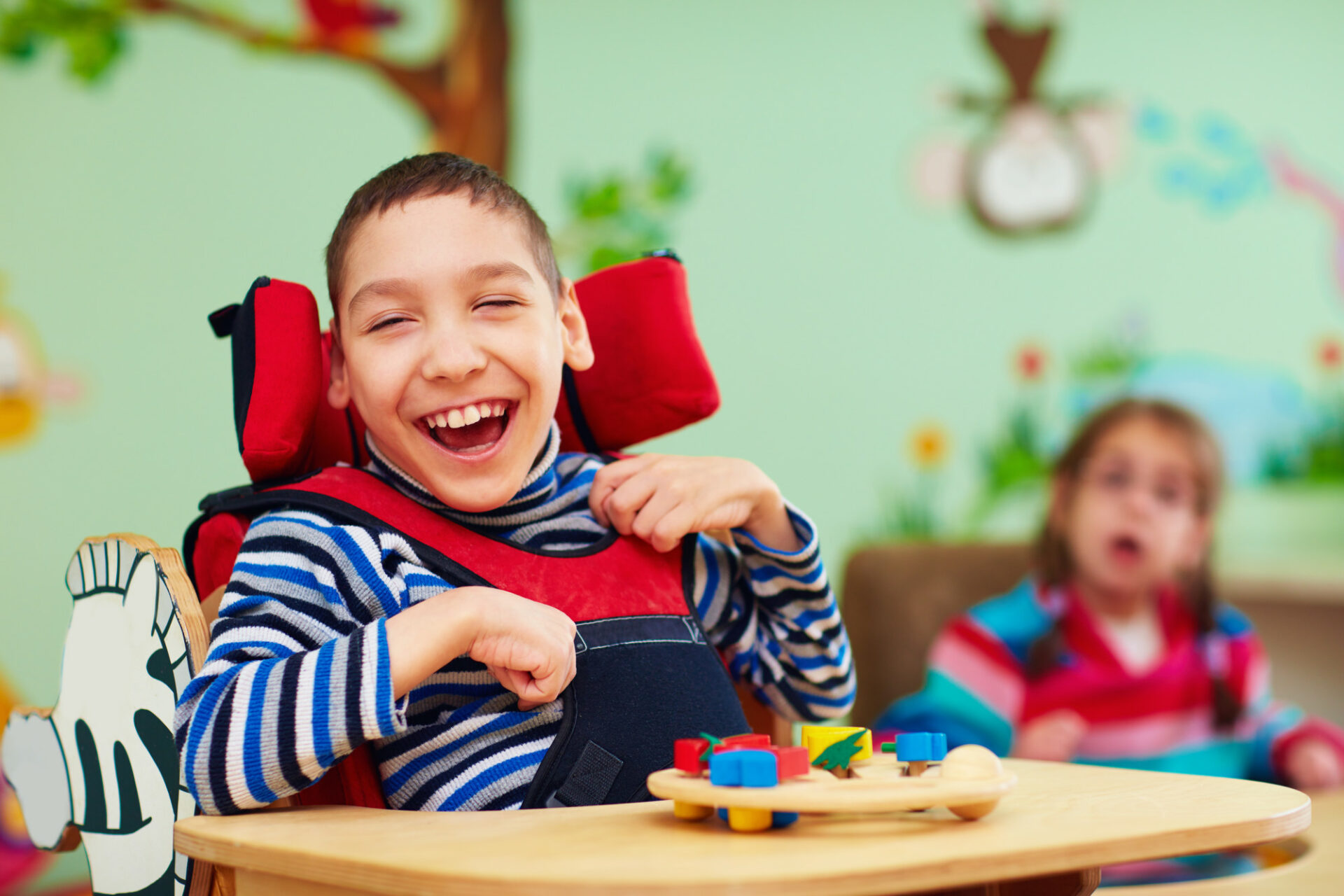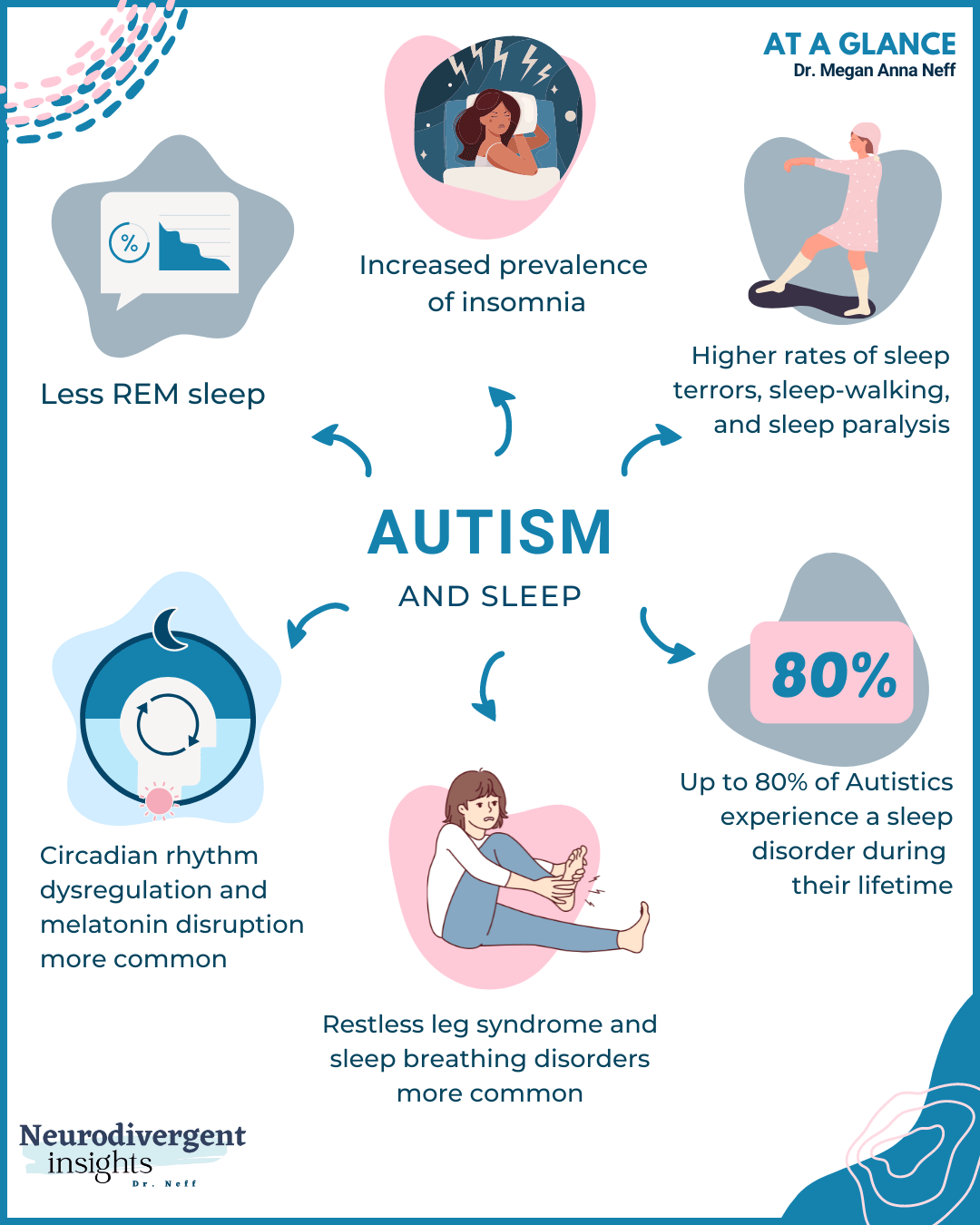Ingenious Therapies and Therapies: Developments in Autism Research
Ingenious Therapies and Therapies: Developments in Autism Research
Blog Article
Checking Out Autism: Techniques for Reliable Interaction and Interaction
Effective interaction and communication with people on the autism spectrum demand a thorough understanding of their one-of-a-kind requirements and choices. Approaches such as utilizing clear language, utilizing aesthetic supports, and promoting regular routines can significantly boost involvement and minimize stress and anxiety. Identifying the significance of non-verbal cues and shared interests paves the means for purposeful links. The ins and outs of these methods expose further factors to consider that warrant expedition, specifically in how they can be adapted to varied contexts and individual experiences. What might these adaptations resemble in method?
Recognizing Autism Range Condition
Autism Range Condition (ASD) encompasses a variety of neurodevelopmental conditions defined by obstacles in social communication, communication, and repetitive behaviors. The term "spectrum" reflects the diverse indications and differing degrees of extent experienced by individuals with ASD. While some might show considerable disabilities, others might show high-functioning qualities, enabling for better independence in every day life.
The start of ASD usually occurs in very early childhood years, with indications commonly well-known by age 2. Very early indications might include postponed speech advancement, limited eye call, and difficulties in recognizing social cues. Although the specific etiology of ASD remains unclear, research study suggests a combination of hereditary and ecological elements plays a vital role in its advancement.
As a result, interventions and assistance customized to private demands are essential for cultivating communication and social skills. Identifying the complexity of ASD is essential for advertising understanding, acceptance, and efficient techniques that help with purposeful interactions with people on the spectrum.

Significance of Clear Communication
Effective interaction is vital for promoting understanding and link, specifically for individuals with Autism Range Condition (ASD) Clear communication not just helps with social communications yet likewise boosts the individual's capability to express their emotions, ideas, and demands. For people with ASD, the nuances of language can often be testing; as a result, utilizing distinct and simple language is essential.
Furthermore, clear communication helps in reducing disappointment and stress and anxiety that might occur from misconceptions. When messages are conveyed in a regular and straight fashion, individuals with ASD are better geared up to translate information accurately, which can significantly enhance their social engagement and involvement in various setups.
Establishing routines and utilizing aesthetic supports can even more reinforce clear communication. These methods offer people with predictable structures that help comprehension and retention of information. Additionally, proactively being and paying attention patient throughout interactions advertises a helpful setting where people with ASD really feel valued and understood.
Inevitably, focusing on clear communication not just encourages people with ASD yet also cultivates more significant links with their peers, caregivers, and the wider community, leading the way for comprehensive communications and collaborative partnerships. - autism
Non-Verbal Interaction Methods
Interaction prolongs beyond words, and for individuals with Autism Spectrum Problem (ASD), non-verbal cues play a significant duty in interactions. Non-verbal interaction strategies can consist of facial expressions, gestures, body movement, and eye get in touch with, all of which offer as vital components for sharing feelings and intents.
Understanding and interpreting these non-verbal signals can improve communications with people with ASD. For circumstances, a cozy smile or open stance can develop a welcoming ambience, urging interaction. Likewise, making use of aesthetic help-- such as picture cards or icons-- can connect interaction gaps and assist share messages better.
It is also essential to be mindful of personal room, as individuals with ASD may have various convenience degrees relating to distance. Observing their reactions to physical closeness can notify suitable changes.

Developing Helpful Settings
Producing an encouraging atmosphere is vital for fostering positive interactions and enhancing the health of people with Autism Spectrum Problem (ASD) Such atmospheres can dramatically minimize anxiousness and create a feeling of safety and security, allowing individuals to share themselves much more easily.
To attain this, it is necessary to take into consideration sensory sensitivities that individuals with ASD may experience. Modifying the physical space to consist of soft lights, minimal history noise, and comfortable seating can create a relaxing ambience. Additionally, making Continued use of regular regimens and clear aesthetic timetables can help individuals expect shifts and reduce uncertainty, additional promoting comfort.
Social areas should be structured to decrease overwhelming stimulations while supplying possibilities for involvement in preferred tasks. Facilitating locations assigned for peaceful time can additionally offer as a refuge during Get More Information minutes of stress. Notably, incorporating elements of selection encourages individuals, allowing them to exercise company in their environment.

Motivating Social Communications
Fostering social interactions among individuals with Autism Range Condition (ASD) requires deliberate techniques that prioritize comfort and interaction. Establishing predictable regimens can help reduce stress and anxiety, making social settings a lot more friendly. Producing organized settings with defined functions and duties enables individuals to involve without the overwhelming stress of unstructured social dynamics.
Incorporating rate of interests and toughness into social tasks can act as a driver for interaction. For instance, arranging team activities around shared hobbies or topics of attraction can facilitate natural conversations and connections. In addition, making use of aesthetic supports, such as pictorial routines or social scripts, can help in recognizing social signs and expectations.
Modeling proper social behaviors is vital - autism. Peers and grownups need to show efficient communication strategies, including energetic listening and turn-taking. Role-playing situations can additionally provide a risk-free space for individuals to exercise these skills
Lastly, promoting peer connections with inclusive methods is important. Encouraging inclusive playdates or team getaways can create opportunities for socialization in a comfortable setting. By applying these techniques, caregivers and instructors can substantially enhance social interactions for individuals with ASD, advertising their overall social advancement and well-being.
Final Thought
To conclude, reliable interaction and communication methods are necessary for sustaining individuals with Autism Range Problem. Stressing clear language, incorporating non-verbal hints, and establishing foreseeable regimens significantly improve interaction and decrease anxiousness. Developing encouraging environments fosters safe social interactions, while urging shared interests assists in meaningful connections. Eventually, these strategies equip people with autism to browse social landscapes, advertising their overall well-being and enabling the growth of long lasting partnerships.
Effective communication and interaction with individuals on the autism range require an extensive understanding of their special demands and preferences. Clear communication not only assists in social communications but also improves the person's capacity to share their ideas, feelings, and requirements.Promoting social communications among people with Autism Spectrum Condition (ASD) needs deliberate strategies that prioritize convenience and involvement. By applying these caregivers, approaches and instructors can significantly improve social communications for people with ASD, promoting their total social advancement and well-being.
In verdict, reliable communication and communication strategies are crucial for supporting people with Autism Spectrum Problem.
Report this page